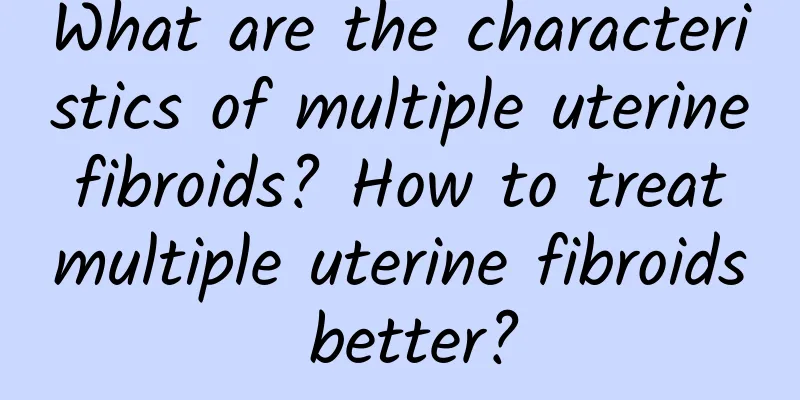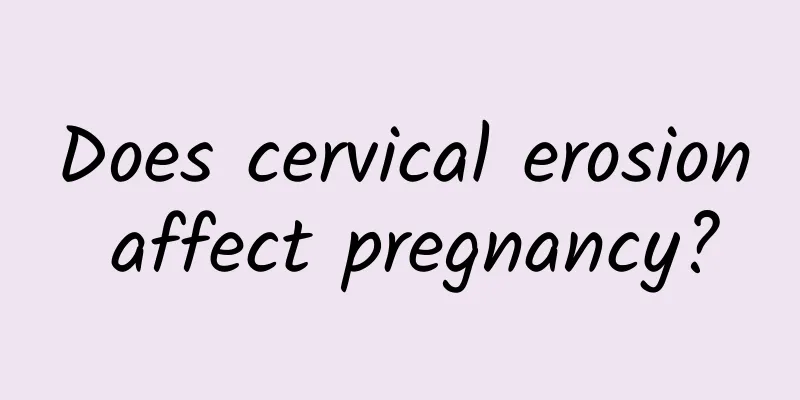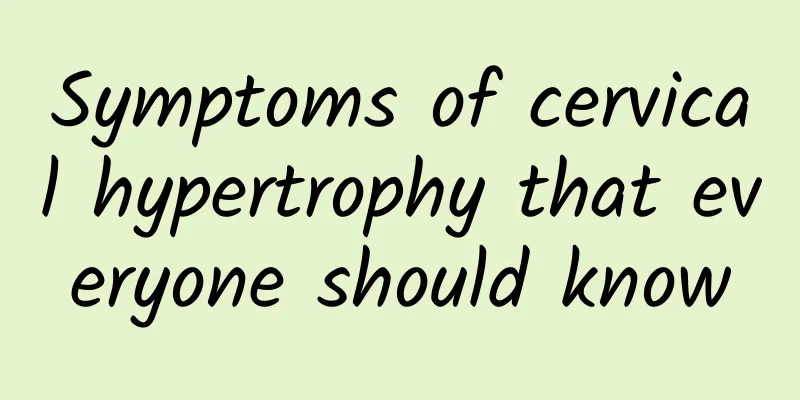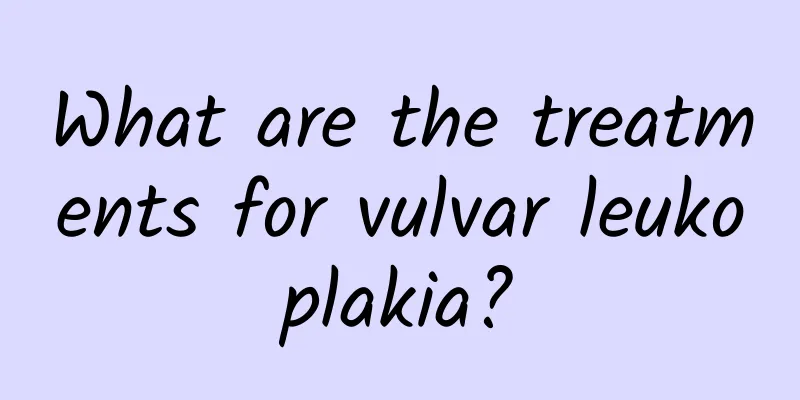What are the classifications of uterine fibroids? How big does a uterine fibroid need to be to require surgery?
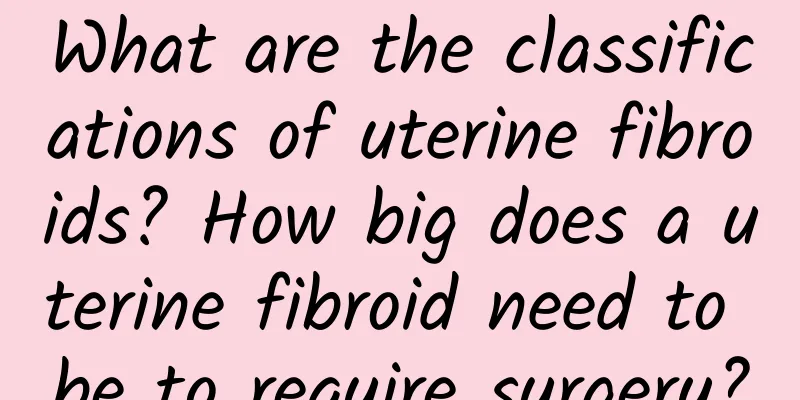
|
Uterine fibroids touch the lower end of the intrauterine fibroids through the uterine os. When submucosal fibroids protrude from the vagina, a purple, smooth, ring-shaped tumor can be seen. Are there any classifications for uterine fibroids? How many surgeries are needed for uterine fibroids? Uterine fibroids are benign tumors that occur in the smooth muscle tissue of the uterus. The types of uterine fibroids can be divided into different types according to the relationship between the growth location of the uterine fibroids and the layers of the uterine wall. If the fibroid develops toward the abdominal cavity, it can only be connected to the uterus through a pedicle, becoming a pedicled subserosal uterine fibroid. The blood vessels contained in the tumor pedicle are fibroids. Blood circulation. If the tumor pedicle is twisted, the tumor pedicle may necrotize, and the fibroid falls off in the abdominal cavity, sticking to the greater omentum, intestinal membrane and other adjacent organ tissues, obtaining blood nutrition, and becoming a "parasitic fibroid" or "free fibroid". This type of uterine fibroid turns or blocks the greater omentum blood vessels, forming abdominal symptoms such as ascites. There are many ways to treat uterine fibroids, the most important of which is surgical treatment. Therefore, surgical treatment is generally divided into situations. If there is no certain time, surgery cannot be performed. How many surgeries are needed for uterine fibroids? 1. Generally speaking, if you treat uterine fibroids based on size, you should wait until the uterine fibroids grow to the size of a fist, exceed 3-4cm, and cause compression of other pelvic organs. Surgical resection can relieve symptoms, and the probability of large fibroids worsening is greater than that of small fibroids. 2. If the fibroids grow too fast or after menopause, the fibroids not only do not shrink but become larger, surgical treatment can be chosen for the treatment of uterine fibroids. 3. If the treatment of uterine fibroids requires surgery, first of all, uterine fibroids can cause heavy bleeding, or long-term menorrhagia, prolonged menstruation, leading to anemia, which cannot be cured by drugs. At this time, surgical resection is an effective solution. |
<<: How to treat uterine fibroids in the short term? Medication methods for uterine fibroids
Recommend
What are the early symptoms of ectopic pregnancy?
What are the early symptoms of ectopic pregnancy?...
What should I do if there is a little bit of blood in my vaginal discharge? I have cervical erosion.
It is very abnormal for women to have blood strea...
2 stretching exercises that postpartum mothers must learn to reduce swelling and back pain
Because you will often hold your baby in your arm...
More than 70% of obese children may develop into obese adults! Nutritionists teach 3 ways to prevent childhood obesity
Today is Children's Day on April 4th. Childre...
Eat right before and after exercise! Doctor of Nutrition reveals recommended menu
Should I eat before exercising? Many people are r...
Why is it so important to take good care of your health when your teenage girls have less menstruation?
Girls will start to experience menstruation with ...
Vulvar Leukoplakia Treatment
Vulvar leukoplakia is a difficult and complicated...
Left Bartholin's gland cyst
The Bartholin's gland cyst on the left is usu...
The harm of uterine fibroids in life
Among gynecological diseases, uterine fibroids ar...
Diet care for vulvar leukoplakia
Vulvar leukoplakia is the most common gynecologic...
How long does it take for uterine cysts to return to normal?
In most cases, once a uterine cyst is formed, it ...
Causes of endometrial tuberculosis
What are the causes of endometrial tuberculosis i...
How to treat second degree cervical erosion? How to care for second degree cervical erosion?
Cervical erosion is a gynecological disease with ...
Can reducing the sugar content in bubble tea help eliminate abdominal obesity? Nutritionist: 3 more secrets to control sugar!
"Boss, I want warm bubble milk tea with thre...
Do uterine fibroids require hysterectomy? How big does a uterine fibroid need to be to remove the uterus?
Patients with uterine fibroids will experience sy...


